Thin Out
kathaab
18 years ago
Related Stories
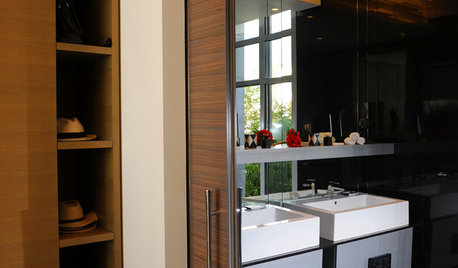
DOORSDiscover the Ins and Outs of Pocket Doors
Get both sides of the pocket door story to figure out if it's the right space separator for your house
Full Story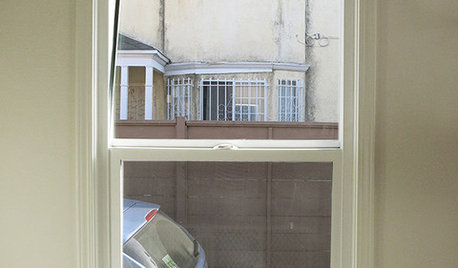
WINDOW TREATMENTS6 Ways to Deal With a Bad View Out the Window
You can come out from behind the closed curtains now. These strategies let in the light while blocking the ugly
Full Story
MAN SPACESHouzz Tour: Rocking Out in a Converted Stable
Get an all-access look at a decked-out Connecticut music space a rock star would love
Full Story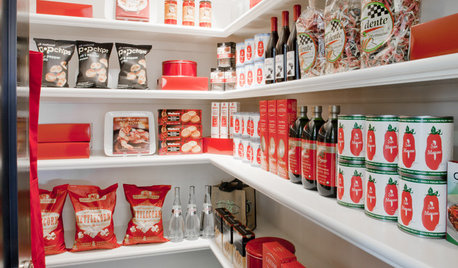
KITCHEN STORAGEGet It Done: How to Clean Out the Pantry
Crumbs, dust bunnies and old cocoa, beware — your pantry time is up
Full Story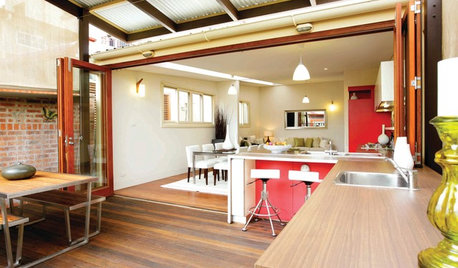
HOUZZ TOURSHouzz Tour: Way-Out-There Modern Living in Sydney
A third of its innovative kitchen is outdoors, but this modern home's indoor-outdoor connection doesn't stop there
Full Story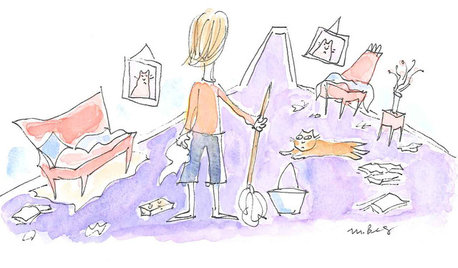
LIFEWe Can Work It Out: Living (and Cleaning) Together
Run a household without fussing and fighting with these ideas for how to work together on household chores
Full Story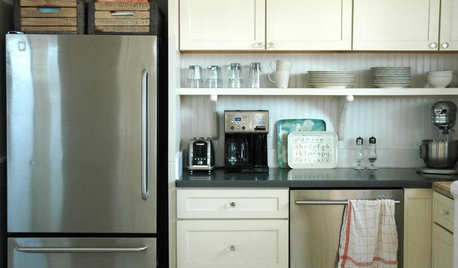
KITCHEN DESIGNTrick Out Your Kitchen Backsplash for Storage and More
Free up countertop space and keep often-used items handy by making your backsplash more resourceful
Full Story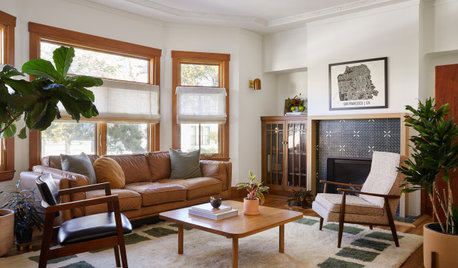
LIVING ROOMSHow to Decorate a Small Living Room
Arrange your compact living room to get the comfort, seating and style you need
Full Story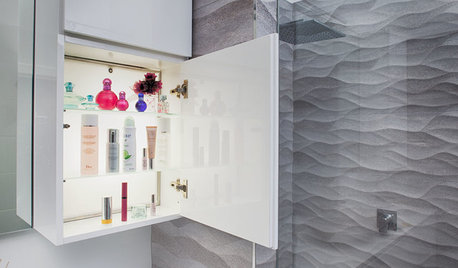
BATHROOM STORAGE10 Design Moves From Tricked-Out Bathrooms
Cool splurges: Get ideas for a bathroom upgrade from these clever bathroom cabinet additions
Full Story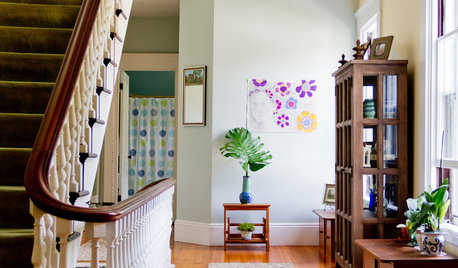
HEALTHY HOMEGet the Lead Out: Lead Safety at Home
Keep your family safe by properly testing for and dealing with lead in old painted surfaces, water and soil
Full Story





tapla (mid-Michigan, USDA z5b-6a)
lindac
Related Professionals
Havre de Grace Landscape Architects & Landscape Designers · La Marque Landscape Architects & Landscape Designers · Panama City Landscape Architects & Landscape Designers · Port Royal Landscape Architects & Landscape Designers · Billerica Landscape Contractors · Canby Landscape Contractors · Cary Landscape Contractors · Kailua Landscape Contractors · Nashua Landscape Contractors · Tacoma Landscape Contractors · Wells Landscape Contractors · Wheat Ridge Landscape Contractors · Northlake Landscape Contractors · Forest Hill Landscape Contractors · Lake Arrowhead Window Contractorspitimpinai
Kathaab_hotmail_com
Kathaab_hotmail_com
meldy_nva
lindac
meldy_nva
morz8 - Washington Coast
lindac
meldy_nva
Kathaab_hotmail_com
meldy_nva